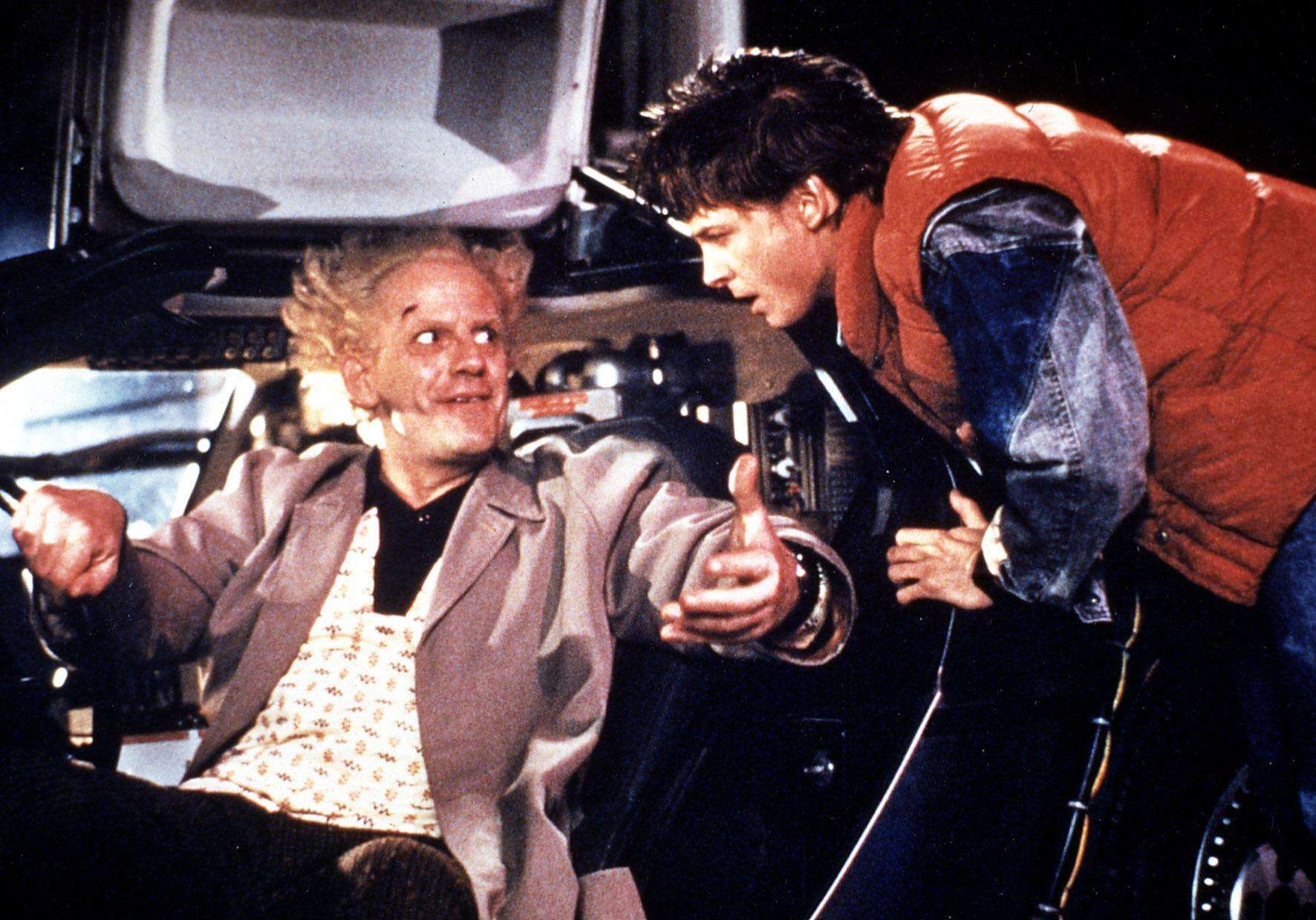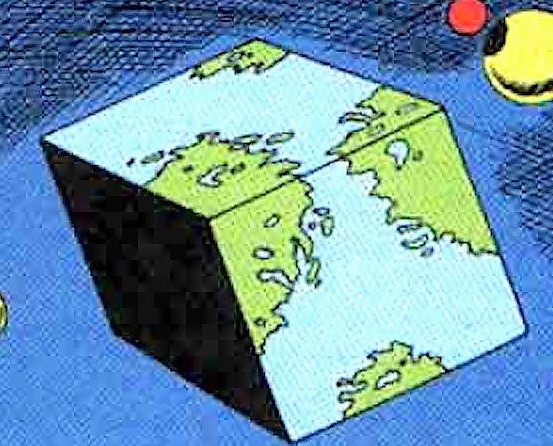Back to the Future’s 1.21 gigawatts sounds huge, but is it? We compare different power levels of common objects to see how much energy a gigawatt really is.
It would have the equivalent power of 1.3 million horses kicking a hole in the fabric of reality.
Finally explained in terms I can understand!
Americans will use anything to avoid the metric system
Roads? Where we’re going, we don’t need roads.
Finally some science to back up the movie!
Sorry, I still don’t get it. How much would that be in Olympic swimming pools?
The article does lack any conversion to Olympic swimming pools, bananas, or infinity stones so some of us may never truly grasp the scale of this power.
1.21gw == output of 1 nuke plant for 1 day == power single home for 100 years
avg lightning = 10gw
Where are you getting those numbers from? First of all, GW is a unit of power, not energy. You can’t “produce 1.21GW in a day” because it’s a measurement of instantaneous power. Some nuclear reactors produce around 1GW(e), which means 1 gigawatt hour per hour.
haha, i read the article. its all in there.
Yeah, and the article is wrong, though only slightly. They seem to be confusing watts (power, energy over time) with Joules (energy, power times a duration of time). They give a passable definition in the beginning (“energy transfer”), but they seem to misunderstand what the “transfer” part means exactly.
If you find-replace all instances of “watt” with “watt-hour” after that starting definition, it would be more accurate. That’s why I say it’s only slightly wrong.
1.21 gw = output of one nuke plant
1.21 gw × 1 day = (power requirements of a house) × (100 years)I’m guessing
1.21gw == output of 1 nuke plant for 1 day == power single home for 100 years
avg lightning = 10gw
Whoa, this is heavy.
There’s that word again. ‘Heavy.’ Why are things so heavy in the future? Is there a problem with the Earth’s gravitational pull?
Save the Clock Tower!
How many gigawatts in a jiggawatt?
Actually, Jiggawatt is gigawatt mispronounced. So they are the same thing. :) There is an article in the NY Times regarding this that when they were doing research, someone mispronounced it to them.
Who am I going to trust? You, or a man who literally invented a time machine?
I finally invent something that works!
@po-lina-ergi @inkican @DarkGamer
LOL. You forgot to mention NYT. https://archive.nytimes.com/wheels.blogs.nytimes.com/2008/04/08/you-say-gigawatt-i-say-jigowatt/Calvin? Why do you keep calling me Calvin?
A 100-watt bulb is so named because it uses 100 watts of energy for every hour of operation.
This does not make sense. watt is not a unit of energy.
Neither does this:
We’re still nowhere close to a gigawatt, we’ll need 1,000 megawatts to get there. That’s enough electricity to keep the average American home powered up for 100 years.
For anyone curious energy is the ability to do work and power is how fast that work can be done. Power represented in watts is the relationship of units of energy per unit of time or 1 watt = 1 joule (energy unit or work that can be done) per second.
When I read those things I always assume they’re talking about megawatt hours.
Considering that the average american home consumes a little under 1000 kilowatt hours a month then the math starts to line up.
1000 KW hours is 1 megawatt hour. 1,000 megawatt hours is 1 gigawatt hour, so 1,000 months, while being a bit shy of 100 years, is still 83 years and change.
Cool.
This article is completely wrong.
Watts doesn’t have a time factor at all.
Power is measured in W (Watts).
Energy is measured in J (Joule’s), or Wh (Watt-hours) where 1 Wh = 3600 J.So 1.21GW is enough power to light 12.1 million 100 W bulbs, if you kept them powered for 1s you would use 1.21GJ of energy, which is 3.36MWh.
I can’t believe how badly the article gets it wrong.
I’m an engineer, I work with this stuff regularly.
It wasn’t gigawatts, though.
It was though? Doc Brown just says gigawatt with a soft G while we people of the future pronounce it with a hard G.
You would think he’d get it right since he has a time machine and can go find out how people talk in the future.














